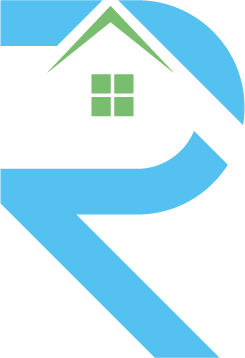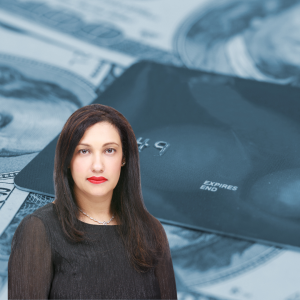It enables you to save up to $40,000 and provides tax deductions for contributions just like an RRSP and no tax on withdrawals much like a TFSA. All interest and growth earned within the account also accumulate tax-free.
Key features of FHSAs
Benefits from taxation: One of the main advantages of FHSAs was the tax advantages they provided. Long-term savings are encouraged by the fact that contributions to these accounts are not taxed at your marginal tax rate.
Government support: To help you increase your savings, the Canadian government made additional contributions. Generally speaking, this government grant was referred to as the FHSA “bonus.”
Eligibility: You had to fulfill certain requirements in order to be eligible for an FHSA. Typically, you had to be at least 18 years old and have no prior Canadian real estate ownership. Only their first house purchase was permitted for the account holder to use the money.
Contribution limits: Annual contribution caps for FHSAs were available, however they were subject to change over time. Penalties could apply if certain thresholds are exceeded.
Withdrawal restrictions: The money you saved in an FHSA was meant to be used to buy your first house. Withdrawals made for any other reason were punished.
Low-risk investments: The money saved in an FHSA was typically put into investments that were deemed to be low-risk by the government. Your money were protected by doing this.
How FHSAs worked?
Opening an FHSA: In order to open an FHSA, you had to select a financial institution that offered such accounts and satisfy its eligibility requirements. Banks, credit unions, and building societies were some of these institutions.
Contributions: Up to the annual contribution restrictions, you, as the account holder, may consistently make contributions to your FHSA. Salary sacrifice, individual contributions, or transfers from other superannuation accounts are all possible ways to make contributions.
Government contributions: On the first $6,000 of your personal contributions each year, the government contributed 17%. As a result, your annual government contributions might be up to $1,020.
Investment: Your FHSA money was often put to use in low-risk investments like cash deposits or government bonds.
Accumulation period: FHSAs had an accumulation period of at least four fiscal years during which regular contributions were required in order to qualify for government payments. You were able to save money and accrue perks during this time.
Withdrawal: You might take money out of your FHSA after the accumulation period to use for your first home purchase. The money might be rolled over into your superannuation account or another savings account if you elected not to utilize it for this purpose and it will be taxable.
Penalties for non-compliance: There were fines and tax consequences if the requirements for using the cash for your first house weren’t met. You can be required to pay additional taxes on top of the potential repayment of the government contributions.
How long can I keep my account active?
If there is no likelihood of becoming a homeowner, you must transfer the assets tax-free into an RRSP or RRIF before the account expires, which is either 15 years after it was started or at the end of the year you turn 71. This holds true for the next year after using FHSA money to make a qualifying home purchase.
Is it possible to combine it with the RRSP Home Buyer's Plan?
Of course, you can! Under the RRSP house Buyer’s Plan, you and your spouse may each withdraw up to $35,000 from your RRSPs for a total of $70,000, providing you with even more money for your house purchase. While repayment of funds withdrawn through an FHSA is not a concern, any funds removed from an RRSP must be repaid over a 15-year period in order to avoid the withdrawal becoming subject to a 1/15th annual tax. You can receive up to $80,000 from both of your FHSAs and $70,000 from your RRSPs using this method with your spouse, giving you a grand total of $150,000!

Advantages of FHSAs
Tax benefits: FHSAs were a desirable alternative for long-term savings because of their favorable tax treatment.
Government contributions: Your savings balance was boosted by the government’s contribution to them.
Low-risk investments: Your money was secured by the low-risk investment alternatives supplied by FHSAs.
First home purchase: FHSAs were created expressly to assist first-time homebuyers in achieving their homeownership objectives.
Other particular ways to use this account
- You now have a means to acquire up to $40,000 of free RRSP contribution capacity if you don’t have earned income, which is a common situation. You can transfer tax-free to your RRSP, all without needing to purchase a home.
- If you want to give your adult children money, think about starting and sponsoring an FHSA. They can take advantage of the tax break whenever their income is at its peak. If you make a contribution to a spousal plan, you won’t have to worry about paying taxes either; no credit will be given to you for any taxable withdrawals.
- You can be considered a first-time home buyer if your sole real estate purchase has been a rental property.



